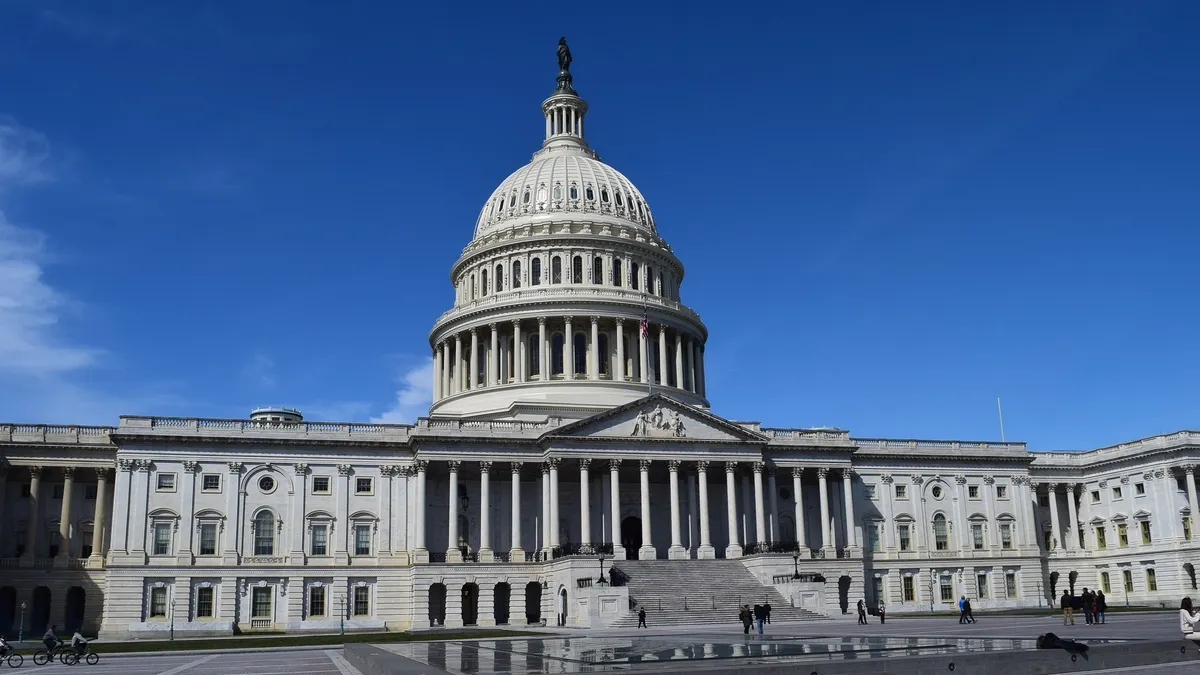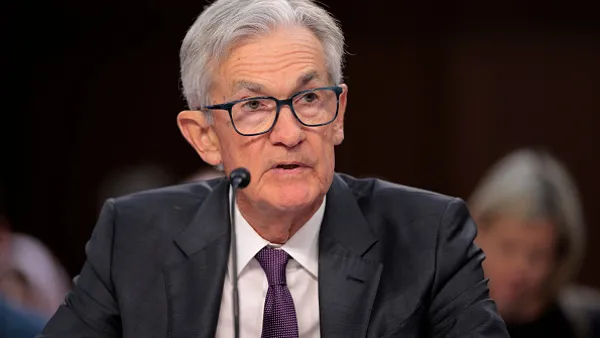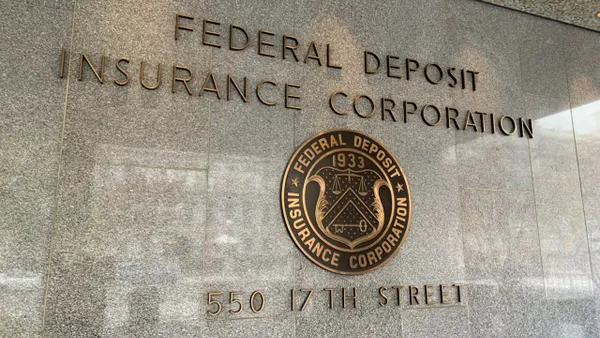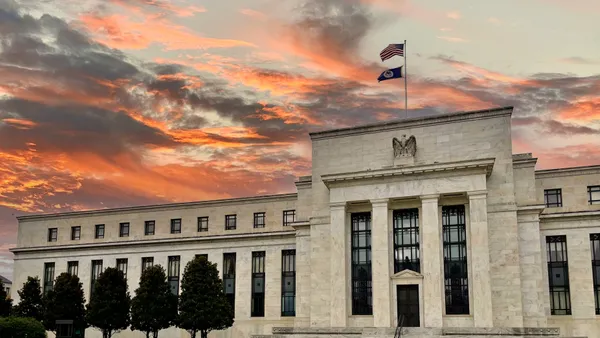Dive Brief:
- Twenty-nine percent of senior- and executive-level positions at U.S. banks with more than $50 billion in assets are held by women, according to a House Financial Services Committee report published this week. Racial and ethnic minorities comprise 19% of senior- and executive-level employees at those banks, the report found.
- Twenty-seven of the 44 banks examined in the report said they conduct internal reviews of gender pay equity. Fifteen of those banks publicly report that data, according to the report.
- The report suggested lawmakers pass legislation to force banks to share diversity data with their regulators and make it public. The study also sought to require banks to publicly disclose the diversity of their boards and to increase their investments in diverse suppliers.
Dive Insight:
Among the biggest banks, Citi has most publicly taken up the mantle as standard-bearer for reporting its data on diversity and inclusion. In response to shareholder pressure, it began disclosing unadjusted gender pay gap data last year, finding that the bank’s female employees made 29% less on average than its men. Citi also found nonwhite employees were paid 7% less on average than its white workers.
The bank pledged to improve those numbers, setting a goal to increase representation to 40% women and 8% black at certain management positions — assistant vice president through managing director — by 2021. Citi released its second annual pay gap report last month, revealing it narrowed the gender pay gap by two percentage points and the racial pay gap by one in the past year.
At a hearing Wednesday to discuss the report, Rep. Joyce Beatty, D-OH, the chairwoman of the subcommittee on diversity and inclusion, pushed for more transparency from banks "so that regulators, Congress and the American people can hold them accountable for real and intentional diversity and inclusion outcomes."
Some Republicans, such as Rep. Ted Budd, R-NC, praised big banks for making progress on diversity and for taking the effort seriously but pointed to the lack of comparable diversity data from other sectors of the U.S. workforce.
"I am concerned that we can’t see the forest through the trees here and that we are starting to mandate the private sector of one particular industry to self-report and it may not meaningfully lead to a more diverse and inclusive workforce," he said. "It seems like the financial services industry is making progress without government intervention."
House Financial Services Committee Chairwoman Maxine Waters, D-CA, said the goal was that Congress should “do everything that we can for transparency in all of the industries,” adding, “What we have learned is that discrimination and other kinds of reasons have caused a lack of opportunity for talented people who would like to be in the financial services space.”
Although the banking sector has seen progress in diversity, there remains evidence that more needs to be done. A former JPMorgan Chase personal banker sued the nation’s largest bank this week, claiming its policies steered black employees toward lower-income branches, limiting income and promotion potential.
But at least two U.S. systemically important financial institutions have taken more progressive stances regarding corporate board diversity. State Street last month vowed to vote against board members at companies that continually score poorly regarding environmental and social responsibility. Goldman Sachs said it would refuse to take public any company whose board was composed of all straight, white men.
However, 29 of the 44 banks examined in this week’s report did not provide sufficient information on their investment with minority-owned suppliers.
Industry trade groups such as the American Bankers Association credited banks for making strides on diversity, citing mentoring programs that are geared toward advancing women, nonwhite employees and other underrepresented groups.
Subha Barry, president of Working Mother Media, said some banks may not be disclosing their diversity data because the results may make for bad optics.
"I believe that the banks are challenged by that data because the data doesn’t look good and when it doesn’t look good, they are not willing to share their data," she told American Banker.











